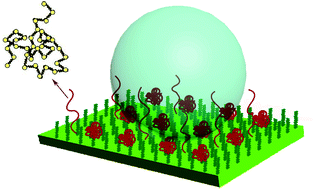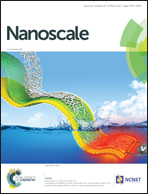Biomimetic polymeric superhydrophobic surfaces and nanostructures: from fabrication to applications
Abstract
Numerous research studies have contributed to the development of mature superhydrophobic systems. The fabrication and applications of polymeric superhydrophobic surfaces have been discussed and these have attracted tremendous attention over the past few years due to their excellent properties. In general, roughness and chemical composition, the two most crucial factors with respect to surface wetting, provide the basic criteria for yielding polymeric superhydrophobic materials. Furthermore, with their unique properties and flexible configurations, polymers have been one of the most efficient materials for fabricating superhydrophobic materials. This review aims to summarize the most recent progress in polymeric superhydrophobic surfaces. Significantly, the fundamental theories for designing these materials will be presented, and the original methods will be introduced, followed by a summary of multifunctional superhydrophobic polymers and their applications. The principles of these methods can be divided into two categories: the first involves adding nanoparticles to a low surface energy polymer, and the other involves combining a low surface energy material with a textured surface, followed by chemical modification. Notably, surface-initiated radical polymerization is a versatile method for a variety of vinyl monomers, resulting in controlled molecular weights and low polydispersities. The surfaces produced by these methods not only possess superhydrophobicity but also have many applications, such as self-cleaning, self-healing, anti-icing, anti-bioadhesion, oil–water separation, and even superamphiphobic surfaces. Interestingly, the combination of responsive materials and roughness enhances the responsiveness, which allows the achievement of intelligent transformation between superhydrophobicity and superhydrophilicity. Nevertheless, surfaces with poor physical and chemical properties are generally unable to withstand the severe conditions of the outside world; thus, it is necessary to optimize the performances of such materials to yield durable superhydrophobic surfaces. To sum up, some challenges and perspectives regarding the future research and development of polymeric superhydrophobic surfaces are presented.



 Please wait while we load your content...
Please wait while we load your content...